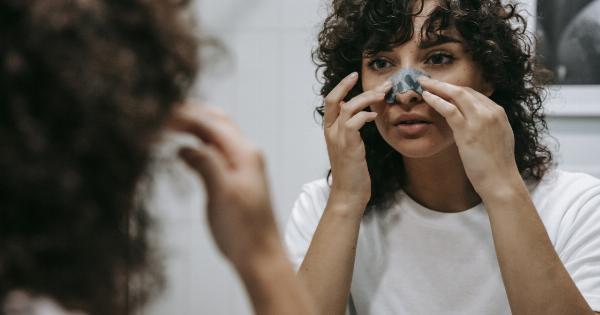As summer approaches, it’s important to take steps to protect your skin from the harmful effects of the sun. Skin cancer is one of the most common types of cancer, but it is also one of the most preventable.
By following these skin cancer prevention tips, you can enjoy the sun safely and reduce your risk of developing skin cancer.
1. Apply Sunscreen Daily
One of the most effective ways to protect your skin from the sun is by applying sunscreen daily. Choose a broad-spectrum sunscreen with a high SPF (sun protection factor) of at least 30.
Apply it generously to all exposed areas of your body about 15 minutes before going outside. Reapply every two hours, or more often if you are sweating or swimming.
2. Seek Shade
The sun’s rays are strongest between 10 a.m. and 4 p.m., so it’s important to seek shade during these hours. Stay under an umbrella, tree, or other form of shade to reduce your exposure to UV radiation.
If shade is not available, consider using a wide-brimmed hat and wearing protective clothing to cover your skin.
3. Wear Protective Clothing
When spending time outdoors, especially during peak sun hours, it’s essential to wear clothing that offers protection from the sun. Opt for lightweight, long-sleeved shirts and long pants or skirts.
Look for clothing with a tight weave or UPF (ultraviolet protection factor) rating to provide additional sun protection.
4. Use Sunglasses with UV Protection
Protecting your eyes from the sun’s harmful UV rays is just as important as protecting your skin. Look for sunglasses that block 100% of both UVA and UVB rays.
Wearing sunglasses that wrap around your face can also help to shield the delicate skin around your eyes from sun damage.
5. Avoid Tanning Beds
Tanning beds and sunlamps emit harmful UV radiation that can damage your skin and increase your risk of skin cancer. Avoid using these artificial sources of UV light, as they are not safer alternatives to natural sunlight.
Instead, embrace your natural skin tone and consider using self-tanning products if you desire a sun-kissed look.
6. Check Your Skin Regularly
Performing regular skin self-exams can help you detect any changes or abnormalities early on. Look for new moles, growths, or spots that are changing in size, shape, or color.
Pay close attention to areas of your body that are regularly exposed to the sun, such as your face, neck, arms, and legs. If you notice anything suspicious, consult a dermatologist for further evaluation.
7. Protect Children from the Sun
Children are particularly susceptible to sun damage, which can increase their risk of developing skin cancer later in life.
Protect their delicate skin by applying sunscreen with a high SPF, dressing them in protective clothing, and encouraging them to seek shade. Teach them about the importance of sun safety from an early age.
8. Stay Hydrated
Drinking plenty of water is essential for overall health, but it also helps to keep your skin hydrated. Proper hydration allows your skin to function optimally and maintain its natural protective barrier.
Additionally, staying hydrated can help prevent heat-related illnesses that may arise from prolonged sun exposure.
9. Be Aware of Medications’ Photosensitivity
Some medications can increase your skin’s sensitivity to the sun, leading to a higher risk of sunburn and skin damage. These medications include certain antibiotics, antihistamines, and acne medications.
If you’re taking any medication, check the label or consult your healthcare provider to determine if any photosensitivity risks exist.
10. Get Regular Skin Check-Ups
While self-exams can detect many skin issues, it’s essential to get regular professional skin check-ups. Dermatologists are trained to spot early warning signs of skin cancer and other skin conditions.
Schedule annual or bi-annual skin check-ups to ensure your skin is healthy and catch any potential problems early.























